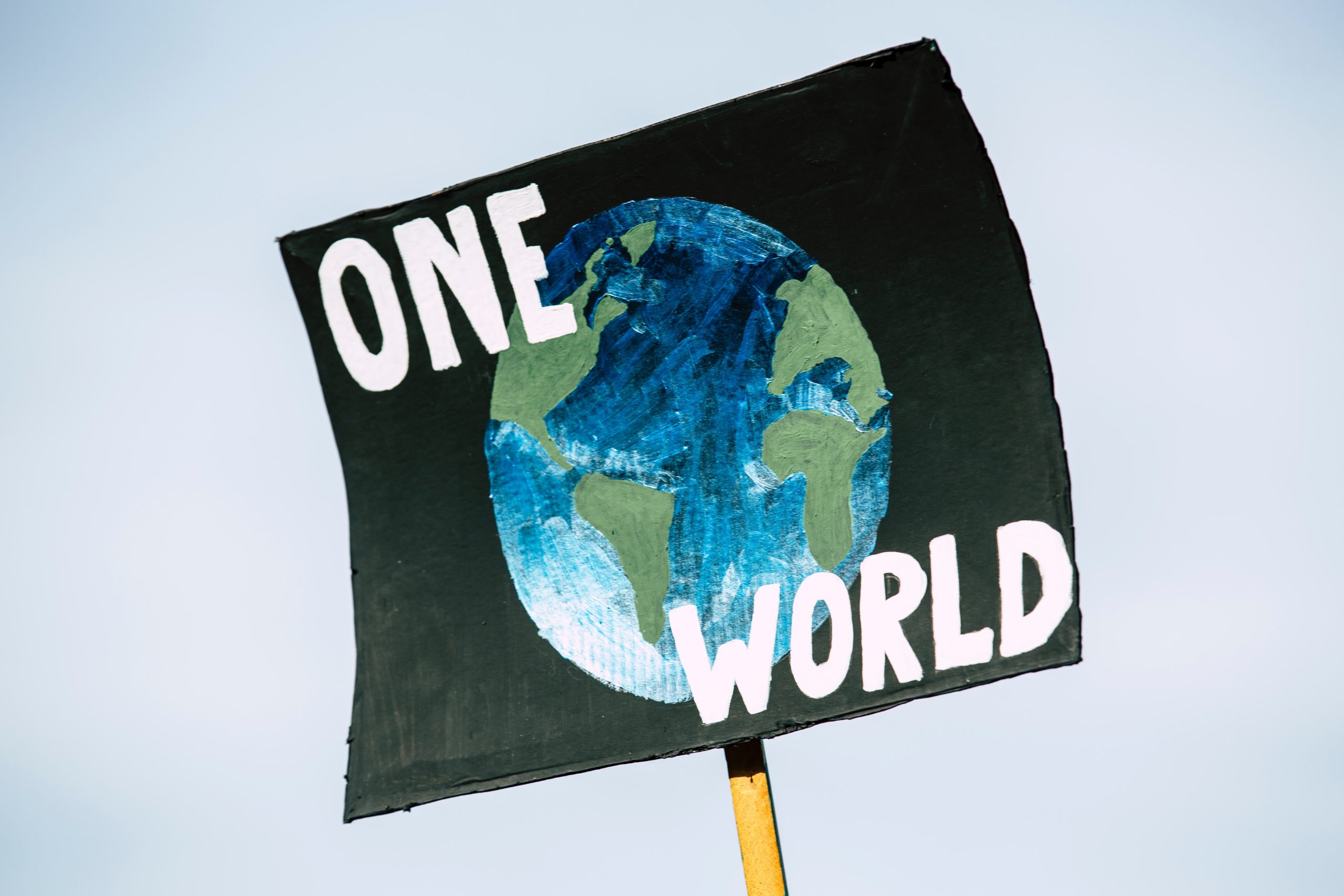As consumers become more aware of societal issues, brands’ environmental and sustainability efforts have also become an increasingly important point of consideration to consumers.
According to a recent IBM study, 8 in 10 respondents said that sustainability is important to them, and over 70% of these respondents said they would pay a 35% premium for brands whose products and practices are sustainable and environmentally responsible. Considering this, it is crucial that brands communicate their commitment towards the environment effectively to earn consumers’ hearts and minds, as well as their trust.
However, environmental communications has always been a tricky subject, and fraught with pitfalls such as greenwashing. The recent World Environment Day served as a good reminder for brands to reexamine their approach towards environmental communications to prevent their efforts from being seen as performative. That will be simply not enough for today’s consumers.
Remember: consumers are just people like you and me – so the key thing to getting environmental communications right is to talk to them the same way you talk with your friends. Here are some tips on how to do so.
Be honest and transparent
If there is one rule you need to take away, it’s this: base your messaging only on the cold, hard facts and don’t smudge the details. This seems simple enough, but even in 2021, brands are still making this fatal mistake. For example, South Korean skincare and cosmetics brand Innisfree was recently criticised for falsely claiming their bottles are made of paper, when in fact they use plastic bottles covered with a paper label.
In that same vein, brands need to remember that they don’t have to strive for perfection. Instead, be prepared to share your progress, no matter how gradual it is, and admit mistakes in your sustainability journey. Coca-Cola does exactly that – instead of waiting to share 100% targets, the beverage company shares every small step they make, such as how 60% of their packaging is refilled or recycled.
While it can be tempting to glamourise and exaggerate environmental efforts, consumers will double-check claims and call-out brands that lie. Just remember the Chinese proverb, “paper can’t wrap up fire,” – or in this case, plastic.
Don’t get all “sales-y”
Be honest – if your friend came up to you to sell you insurance, you would be annoyed. Likewise, when it comes to talking about how your brand is saving the environment, don’t hard-sell your products.
In a bid to demonstrate their sustainability efforts, we’ve seen many brands push out sustainable products that run the gamut from eco-friendly tote bags to reusable drink tumblers. However, not all of these products are actually friendly to the environment – in fact, some leave behind an even larger environmental footprint. For instance, a 2018 study found that a cotton shopping bag actually has a higher environmental cost than a plastic one.
A brand’s environmental efforts are often more effective when they don’t encourage consumerism. A classic example is Patagonia’s ‘Don’t buy this jacket’ campaign, which encouraged consumers to purchase only what they need and urged businesses to make products that are less harmful to the environment. It’s good advice – instead of churning out non-essential reusable products, focus on increasing the quality and reducing the environmental impact of your core products.
Create a movement
Did you know that 88% of consumers want brands to help them improve their environmental and social footprint? That’s right, environmental communication is not just a one-way street — while it is important for brands to inform consumers about what they are doing to be more eco-conscious, brands also need to enable consumers to take action as well.
Businesses can achieve this by creating thought leadership on wider environmental issues, and educating audiences on how to take actionable steps. For example, Colgate’s #EveryDropCounts campaign went beyond their toothpaste products to teach consumers the importance of saving water. Since the campaign launched, Colgate has collected over 300,000 pledges to save over 41 million cups of water, showcasing its reach and ability to influence consumers to be more mindful of how their daily routines affect the environment.
While inspiring others to take action, brands need to make sure that they continue to walk the talk. If not, consumers – just like your friends – won’t be afraid to call you out if they see you slacking off.
Putting out sustained messaging surrounding environmental issues and efforts not only reinforces your brand values, but creates a movement for both the brand and your customers.
Make it fun
While it is important to tread carefully, environmental communications don’t always have to be dry and dreary.
To stand out from the crowd, brands can use up-and-coming mediums like TikTok, where creators are already speaking up on environmental issues, to spark conversations.
Brands can also partner with trendy brands and celebrities to reach wider audiences. Last year, K-pop group BLACKPINK spoke up about climate change ahead of the UN’s COP26 event, and this World Environment Day, music group BTS partnered with Hyundai to launch an environmental campaign.
So yes, environmental communications can be tough, but it isn’t impossible to get it right. The bottom line is to treat consumers just like how we treat our friends – with decency, honesty, and respect.
Struggling to share your environmental efforts in an engaging and effective way? We’re here to help – hello@mutant.com.sg.

